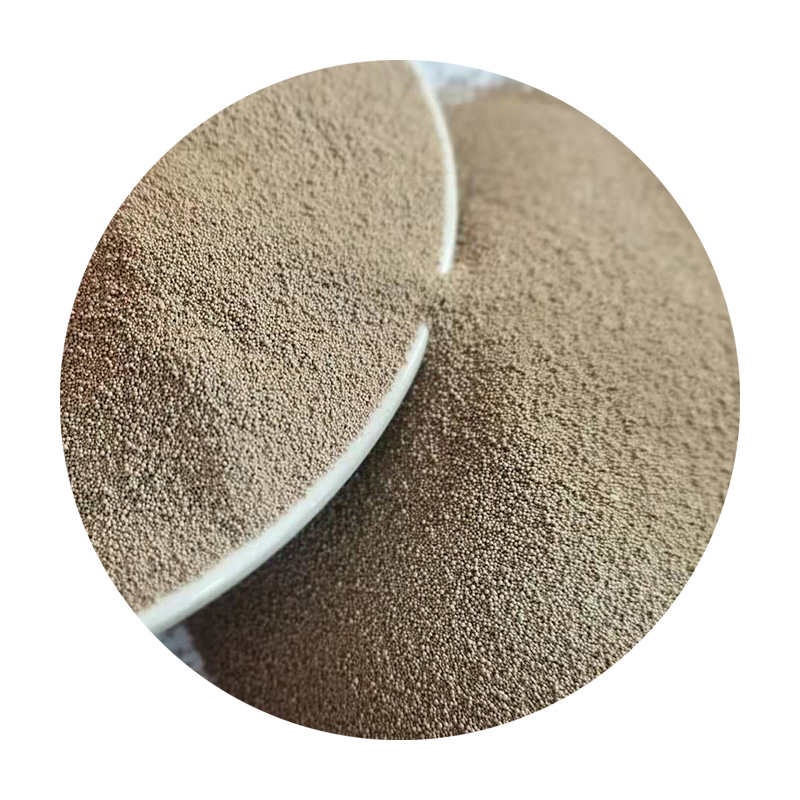

Trustworthiness in 3D printer sand casting is reinforced by documented improvements in quality control. Digital modeling ensures precision and repeatability, crucial factors in producing reliable castings. Industries that demand high safety standards, such as automotive brakes or structural aerospace components, benefit from the enhanced reliability that 3D printing technologies provide. However, successful implementation requires thorough understanding and expertise. Investing in high-quality 3D printers and choosing the right materials are critical decisions that can significantly impact the outcome. Furthermore, collaboration between engineers, designers, and 3D printing specialists is essential to leverage the full potential of this technology. In the broader context, the adoption of 3D printer sand casting is not just a technical upgrade but a strategic shift towards more sustainable and innovative manufacturing practices. As industries face increasing pressure to reduce carbon footprints, the efficiency and reduced material use of 3D printed molds offer a tangible benefit. In conclusion, 3D printer sand casting represents a significant leap forward in manufacturing technology. Its ability to create complex geometries, reduce costs, enhance safety, and improve product quality, all while supporting sustainable practices, is unrivaled. Expertise and experience in implementing this technology are crucial, as evidenced by pioneers like Humtown Products. By embracing 3D printing in sand casting, businesses can not only meet the challenges of modern manufacturing but also position themselves at the forefront of industrial innovation. Post time:ફેબ્રુવારી . 08, 2025 05:06
Next:3d printing for sand casting
